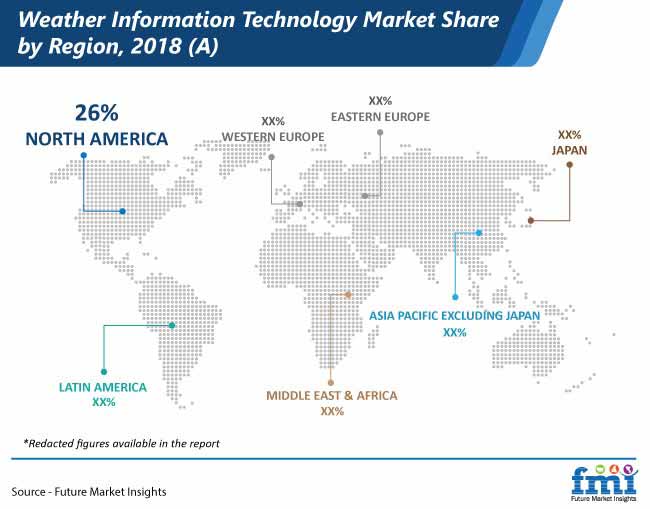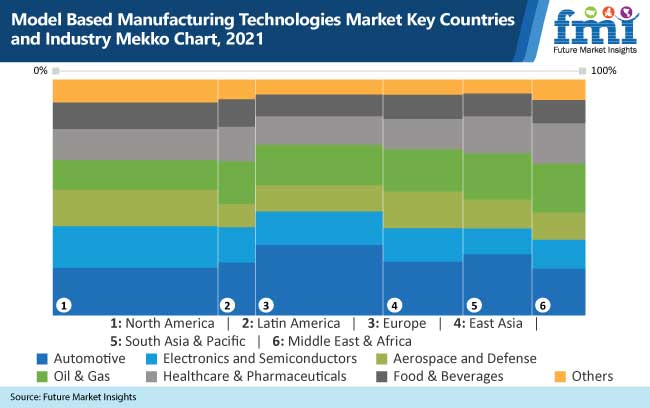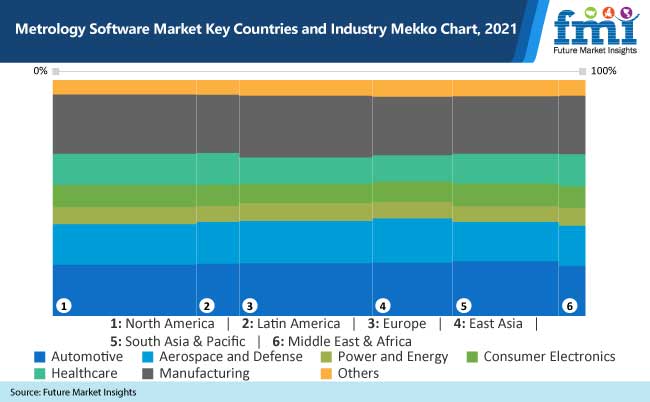[240 Pages Report] Global vision screener sales are likely to near US$ 500 Mn by the end of 2022. According to a new research intelligence study presented by Future Market Insights (FMI), the market for vision screeners will continue to witness an average 5.5% Y-o-Y growth in the revenues in 2022 and ahead. As reported by the study, more than a third of overall sales of vision screeners is targeted to a variety of vision screening tests, followed by color vision tests.
While portable or handheld vision screening devices have been sought after over the years, it is more likely that the vision screening software will experience rapid gains in coming years, as a result of brisk technological penetration. Moreover, as key manufacturers are investing considerable efforts in technological innovations of vision screeners, table-top variants are also likely to see healthy sales growth in the near future. Currently, more than 50% of the total sales are accounted by portable or handheld devices that are used during vision screening procedures, as per the report.
The rising prevalence of vision problems, advancements in technology, increasing healthcare spending, and the growing prevalence of diabetes constitute some of the key factors responsible for driving the global vision screeners market revenues.
To remain ahead of your competitors, request for a sample – https://www.futuremarketinsights.com/reports/sample/rep-gb-5032
In addition to some of the most commonplace vision disorders, newly establishing problems such as digital eye strain (more popularly, computer vision syndrome) are strongly necessitating the demand for efficient vision screening tests, particularly among the younger population. This, according to FMI’s analysis, will drive sales of vision screeners in the forthcoming years.
Inadequate Effectiveness of Vision Screening Tests Prevails in Developing Asian Markets
Accounting for a collective value share of over 60%, North America and Europe will continue to lead the pack in global vision screeners market. In addition to early adoption of advanced technologies and high awareness about vision problems and the significance of vision screening, the growth of market in these regions has been prominently attributed to the rapid consolidation of healthcare facilities within these regions.
On the other hand, dearth of skilled and trained professionals in the field of vision screening will remain the prime factor restraining vision screeners adoption across developing Asian countries. Relatively lesser competency to professionally and accurately assess vision screening results continues to pose significant barriers in the growth path of market within Asia Pacific (APAC).
According to the report, a sizeable number of vision screening tests cannot be performed on children who have reading problems such as hyperopia or astigmatism. As a result, the ineffectiveness of vision screeners continues to negatively influence the number of parents opting for pediatric vision screening tests, which is further a significant factor deterring the revenues of vision screeners market in APAC.
Pediatric Vision Screening Emerging as a Prime Focus Area for Innovations
Some of the key players competing in the global vision screeners market landscape include Hill-Rom Holdings, Inc. (Welch Allyn), Essilor International S.A. (Stereo Optical Company Inc.), Adaptica S.r.l., OCULUS Surgical, Inc., Plusoptix Inc., Honeywell International Inc., FIM Medical SAS, SHANGHAI TOP VIEW INDUSTRIAL CO., LTD., Thomson Screening Solutions Ltd., and Keystone View. While a majority of these companies are concentrating in technological upgrades of the current offerings, augmented investments targeting FDA approvals will be an important strategy.
Moreover, multiple longstanding challenges prevailing in children’s vision screening are highly likely to push the scope for innovations, which would help overcome the challenges and extend the efficiency of vision screening – specifically for children. The FMI study reveals how the companies that are manufacturing, supplying, and distributing vision screeners are strategizing on the growing traction in the pediatric patients segment.
To offer an exclusive outlook of the most influential trends and opportunities shaping the vision screeners industry landscape, the report has examined the market for a 10-year projection period, 2022-2029.
Get a Tailored Made Report to Match Your requirements, Ask from Market Research Expert – https://www.futuremarketinsights.com/ask-question/rep-gb-5032
Vision Screeners Market by Category
Product:
- Table-Top Vision Screeners
- Portable/Handheld Vision Screeners
- Vision Screening Software
Technology:
- Digital Vision Screeners
- Computer-Based Vision Screeners
Application:
- Vision Screening Tests
- Color Vision Test
- Binocular Testing
- Others
End Users:
- Hospitals
- Homecare Settings
- Specialized Clinics
- Rehabilitation Centers
- Ambulatory Surgical Centers
Region:
- North America
- Latin America
- Western Europe
- Eastern Europe
- Asia Pacific excluding Japan (APEJ)
- Middle East & Africa
- Japan
For in-depth insights, Download a PDF Brochure – https://www.futuremarketinsights.com/reports/brochure/rep-gb-5032
-security-product-market.jpg)


